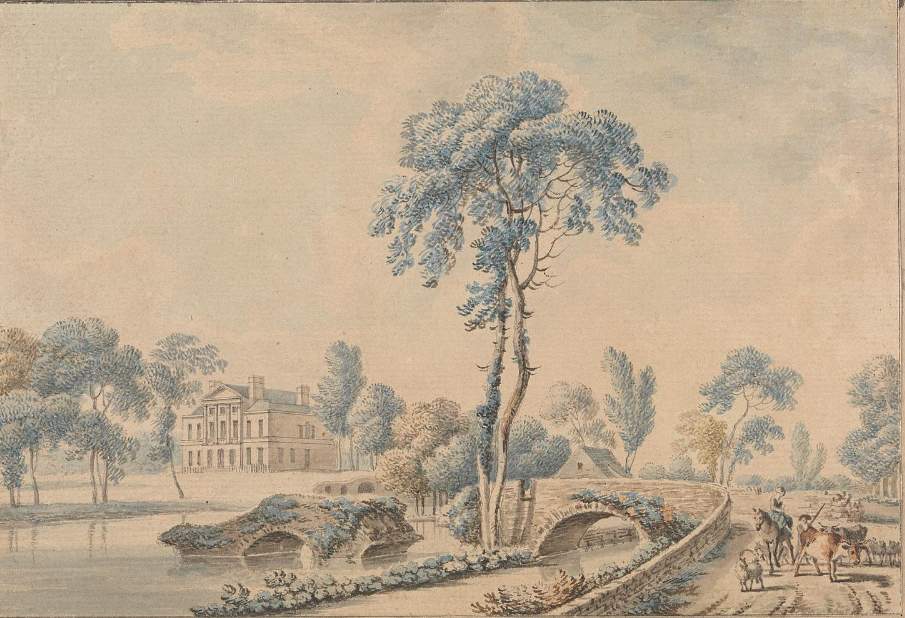John James Barralet (1747–1815) was a designer and stipple engraver who, according to Dunlap (infra), was an Irishman of French parentage. A native of Ireland, he spent the latter part of his career in the United States. Using his drawings, Benjamin Simpson won a competition to design Merrion Square gardens in June 1791. His parents were French, and he was born in Dublin in 1747. It is said that he was born in London.
He came to the United States in 1795 and soon found his way to Philadelphia, which city, henceforth, he regarded as his place of residence. He was here in 1797, where he found his name as the designer of a portrait of William Penn from the Bevan Bust in the Loganian Library, which was engraved by Lawson, whose partner he was for a time, for Proud’s “History of Pennsylvania.”
John James Barralet was a better designer than an engraver, and Dunlap relates that one reason Lawson dissolved the partnership was that Barralet, at times—as in the plates to illustrate John Blair Linn’s poem “Valerian”—took it upon himself to “touch up” his partner’s engravings. When he first came to the city, he described himself as an engraver and designer, but later (1812), we find him in the directory described as a designer and painter. He was an excellent draftsman but had unthrifty, careless ways as a man, which kept him poor.
He drew and engraved a portrait of the ornithologist, Alexander Wilson, in 1814; a portrait of Volney, published here in 1796; a large aquatint print of “John Pierce, who was murdered, etc.”. In 1806, he designed a large plate of Center Square, Philadelphia, in 1814, engraved by Cornelius Tiebout, which is probably his best-known work. Joseph Barralet was also his brother. He died in Philadelphia in 1815.
Read More: Charles Maurice de Talleyrand-Perigord – (1754-1838)
